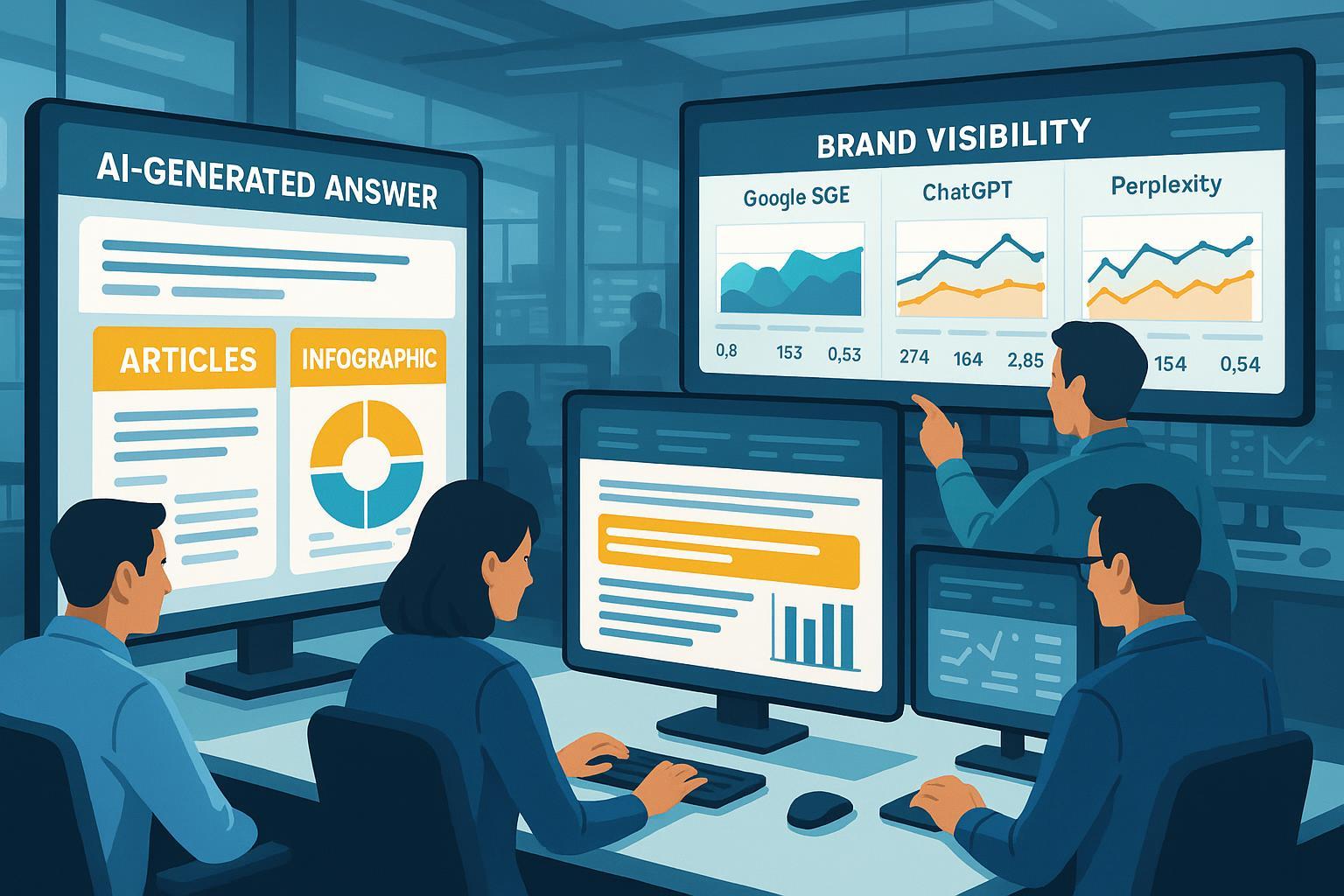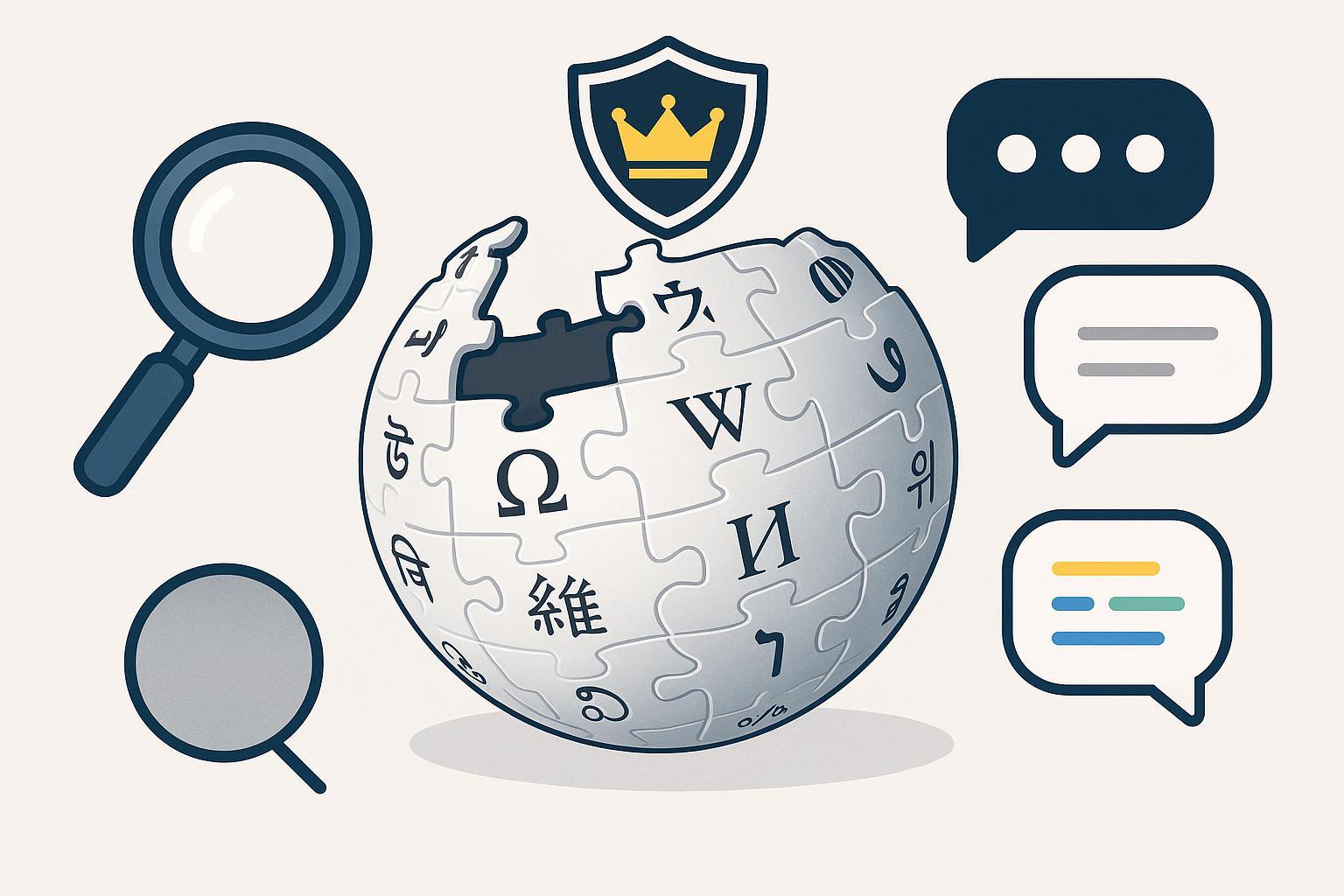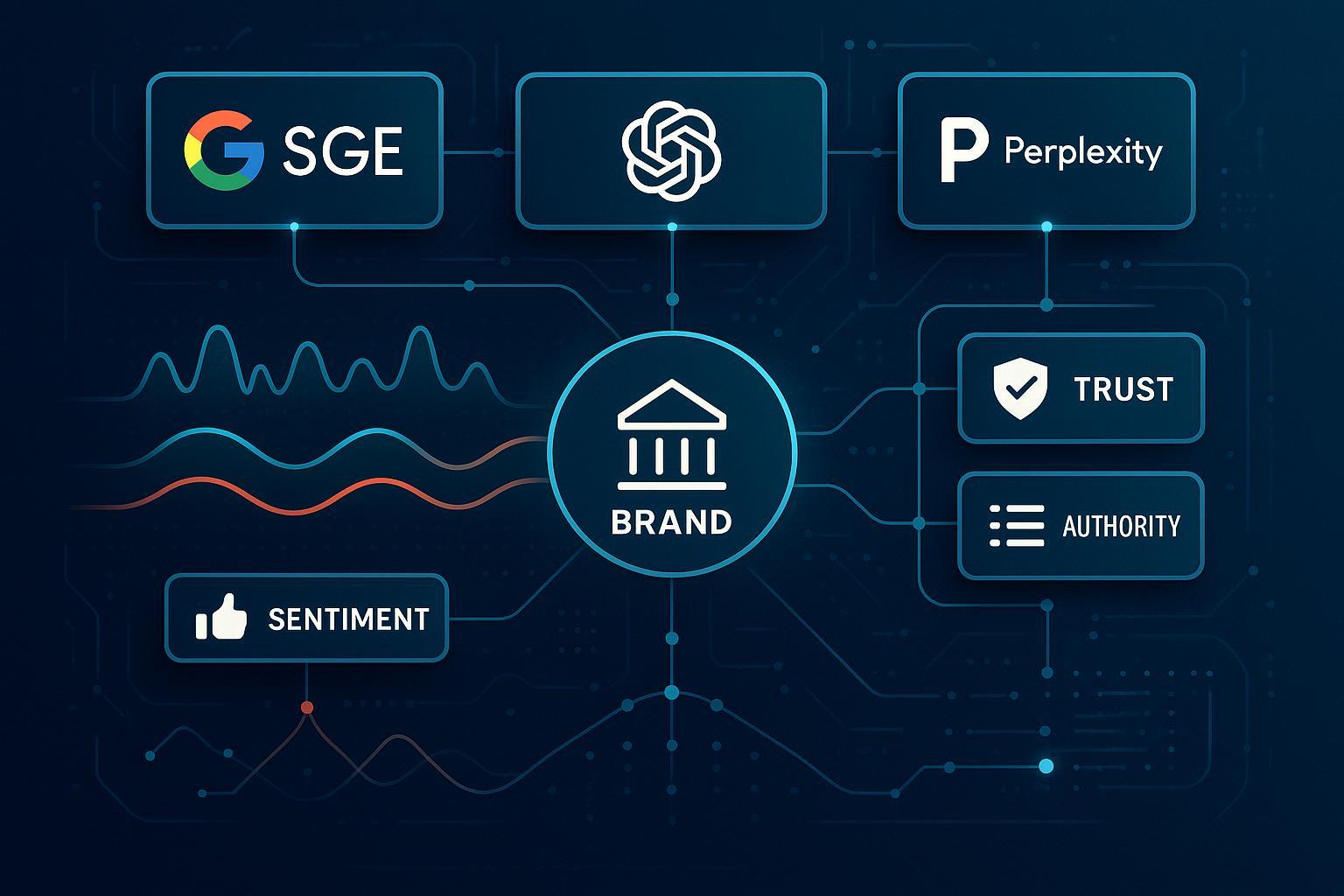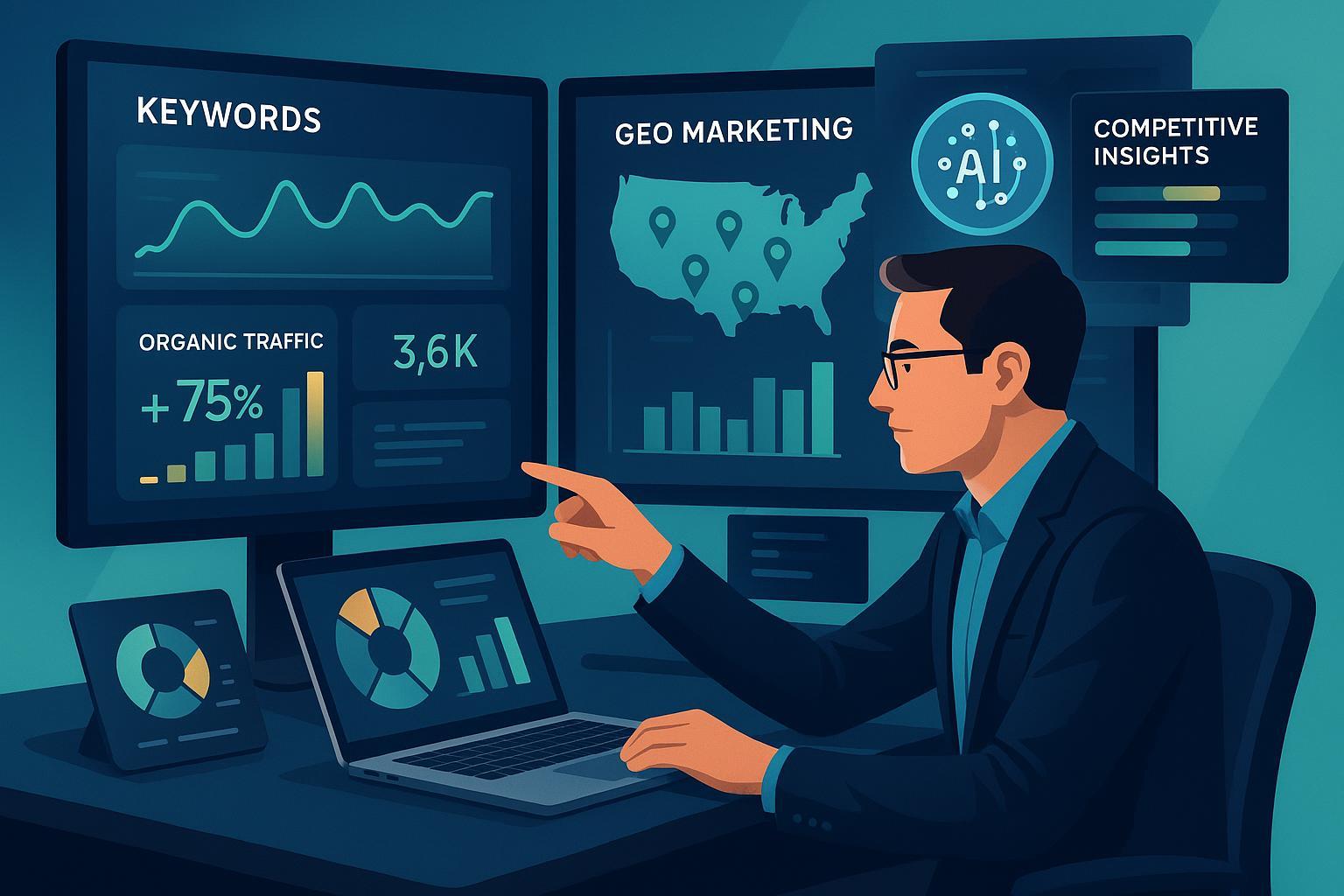What is an Audience Persona? Definition, Key Components & Data-Driven Optimization
Discover what an Audience Persona is, how to define and build one using data-driven methods, and why it matters for marketing, content, and brand strategy. Learn the difference between Audience Persona, Buyer Persona, and Target Audience, plus how AI tools like Geneo can optimize your personas for real-world results.


One-Sentence Definition
An Audience Persona is a semi-fictional profile of a key segment of your target audience, built using real data and research to guide marketing, content, and product strategies.[Delve AI][HubSpot]
Detailed Explanation
Unlike broad target audience definitions, an audience persona dives deeper by synthesizing demographic, psychographic, behavioral, and attitudinal data into a vivid, actionable character. This persona represents the needs, motivations, pain points, and preferences of a specific audience segment, helping teams empathize with and communicate more effectively to real people—not just abstract groups.
Modern audience personas are dynamic and data-driven. They are continuously refined using analytics, CRM data, surveys, social listening, and, increasingly, AI-powered tools. This approach ensures personas stay relevant as audience behaviors and market conditions evolve.[Digital.gov]
Key Components of an Audience Persona
A robust audience persona typically includes:
Demographics: Age, gender, location, education, job title
Psychographics: Interests, values, attitudes, lifestyle
Needs & Goals: What the audience wants to achieve
Pain Points: Challenges or frustrations they face
Motivations: What drives their decisions
Behavioral Patterns: Content preferences, buying habits, digital channels used
Customer Journey Stage: Where they are in the decision process
Visual Reference:
Real-World Applications
Audience personas are essential for:
Content Strategy: Tailoring blog posts, videos, and campaigns to resonate with specific segments
Product Development: Designing features that address real user needs
Advertising: Targeting ads more precisely for higher ROI
Customer Journey Mapping: Identifying touchpoints and optimizing experiences
Data-Driven & AI Optimization: With the rise of AI, tools like Delve AI and UserPersona.dev can automatically generate and update personas using real-time analytics, CRM, and social data. AI-driven sentiment analysis and brand monitoring platforms (such as Geneo) help marketers continuously refine personas by tracking shifts in audience attitudes and preferences. For example, a marketing team might use AI sentiment analysis to detect changing customer needs, then update their persona and adjust messaging for better engagement.
Related Concepts
Buyer Persona: Focuses on purchasing decision-makers; more sales-oriented
User Persona: Common in UX/product design; emphasizes product interaction
Customer Profile: Factual, less behavioral; often used for segmentation
Target Audience: Broad group sharing key characteristics; less detailed than a persona
Comparison Table:
Concept | Focus | Detail Level | Typical Use Case |
|---|---|---|---|
Audience Persona | Key audience segment | High | Marketing, content, brand |
Buyer Persona | Purchase decision-makers | High | Sales, product marketing |
User Persona | Product users | High | UX, product design |
Customer Profile | Factual customer data | Medium | Segmentation, analytics |
Target Audience | Broad audience group | Low | Media buying, awareness |
Best Practices & Continuous Improvement
Use both quantitative (analytics, CRM) and qualitative (interviews, surveys) data
Validate personas with real users and update regularly
Leverage AI tools for real-time persona optimization
Avoid assumptions—let data guide persona development
Enhance Your Persona Strategy with AI
Platforms like Geneo empower marketing and brand teams to monitor brand sentiment, track AI search visibility, and receive actionable content optimization suggestions. By integrating these insights, you can keep your audience personas accurate and your campaigns highly effective.
Learn more about Geneo and boost your AI-driven marketing results →




